
A vintage car is, in the most general sense, an old automobile, and in the narrower senses of car enthusiasts and collectors, it is a car from the period of 1919 to 1930. Such enthusiasts have categorization schemes for ages of cars that enforce distinctions between antique cars, vintage cars, classic cars, and so on. The classification criteria vary, but consensus within any country is often maintained by major car clubs, for example the Vintage Sports-Car Club (VSCC) in the UK.
The automotive aftermarket is the secondary parts market of the automotive industry, concerned with the manufacturing, remanufacturing, distribution, retailing, and installation of all vehicle parts, chemicals, equipment, and accessories, after the sale of the automobile by the original equipment manufacturer (OEM) to the consumer. The parts, accessories, etc. for sale may or may not be manufactured by the OEM.

A bumper is a structure attached to or integrated with the front and rear ends of a motor vehicle, to absorb impact in a minor collision, ideally minimizing repair costs. Stiff metal bumpers appeared on automobiles as early as 1904 that had a mainly ornamental function. Numerous developments, improvements in materials and technologies, as well as greater focus on functionality for protecting vehicle components and improving safety have changed bumpers over the years. Bumpers ideally minimize height mismatches between vehicles and protect pedestrians from injury. Regulatory measures have been enacted to reduce vehicle repair costs and, more recently, impact on pedestrians.

A mechanic is an skilled tradesperson who uses tools to build, maintain, or repair machinery, especially cars.

On-board diagnostics (OBD) is a term referring to a vehicle's self-diagnostic and reporting capability. OBD systems give the vehicle owner or repair technician access to the status of the various vehicle sub-systems. The amount of diagnostic information available via OBD has varied widely since its introduction in the early 1980s versions of on-board vehicle computers. Early versions of OBD would simply illuminate a malfunction indicator light (MIL) or "idiot light" if a problem was detected, but would not provide any information as to the nature of the problem. Modern OBD implementations use a standardized digital communications port to provide real-time data in addition to a standardized series of diagnostic trouble codes, or DTCs, which allow a person to rapidly identify and remedy malfunctions within the vehicle.

Automotive design is the process of developing the appearance and to some extent the ergonomics) of motor vehicles, including automobiles, motorcycles, trucks, buses, coaches, and vans.
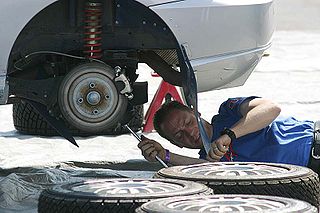
An auto mechanic is a mechanic who services and repairs automobiles, sometimes specializing in one or more automobile brands or sometimes working with any brand. In fixing cars, their main role is to diagnose and repair the problem accurately and quickly. Seasoned auto repair shops start with a (Digital) Inspection to determine the vehicle conditions, independent of the customers concern. Based on the concern, the inspection results and preventative maintenance needs, the mechanic/technician returns the findings to the service advisor who then gets approval for any or all of the proposed work. The approved work will be assigned to the mechanic on a work order. Their work may involve the repair of a specific part or the replacement of one or more parts as assemblies. Basic vehicle maintenance is a fundamental part of a mechanic's work in modern industrialized countries, while in others they are only consulted when a vehicle is already showing signs of malfunction.

The pillars on a car with permanent roof body style are the vertical or nearly vertical supports of its window area or greenhouse—designated respectively as the A, B, C and D-pillar, moving from front to rear, in profile view.
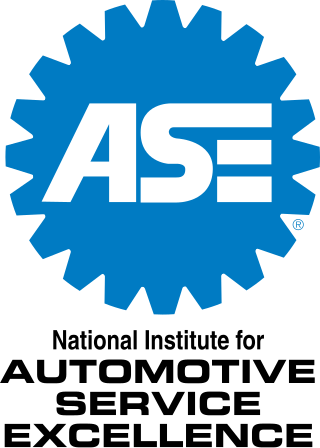
The National Institute for Automotive Service Excellence (ASE) is a professional certification group that certifies professionals and shops in the automotive repair and service industry in the United States and parts of Canada. It is an independent, non-profit organization created in 1972 in response to consumers needing to distinguish between potentially incompetent and competent automotive technicians. The organization aims to improve the quality of vehicle repair and service through the testing and certification of repair and service professionals.
The automotive industry in the Soviet Union spanned the history of the state from 1929 to 1991. It started with the establishment of large car manufacturing plants and reorganisation of the AMO Factory in Moscow in the late 1920s–early 1930s, during the first five-year plan, and continued until the Soviet Union's dissolution in 1991.
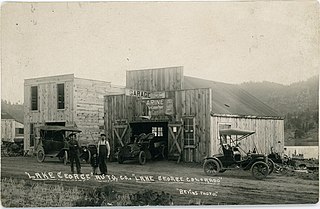
An automobile repair shop is an establishment where automobiles are repaired by auto mechanics and technicians. The customer interface is typically a service advisor, traditionally called a service writer.

The Bureau of Automotive Repair (BAR) is part of the California Department of Consumer Affairs (DCA), whose mission is to promote and protect the interests of California consumers. BAR provides a wide range of consumer protection services, including:
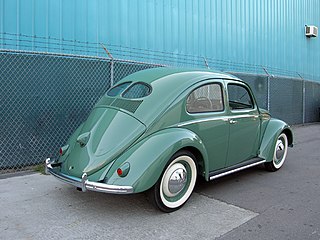
Conservation and restoration of road vehicles is the process of restoring a vehicle back to its original working condition, whether the car is partially scrapped or completely totaled. Automotive restoration can be applied to many different eras of the automobile. Bus preservation groups aim to purchase buses of various eras to restore them to their original operating condition. Buses are often restored to the original authentic livery of their original owner.
The Motor Vehicle Owners' Right to Repair Act, sometimes also referred to as Right to Repair, is a name for several related proposed bills in the United States Congress and several state legislatures which would require automobile manufacturers to provide the same information to independent repair shops as they do for dealer shops.
Automotive electronics are electronic systems used in vehicles, including engine management, ignition, radio, carputers, telematics, in-car entertainment systems, and others. Ignition, engine and transmission electronics are also found in trucks, motorcycles, off-road vehicles, and other internal combustion powered machinery such as forklifts, tractors and excavators. Related elements for control of relevant electrical systems are also found on hybrid vehicles and electric cars.
Floyd Clymer, a pioneer in the sport of motorcycling, was a racer, a motorcycle dealer and distributor, a magazine publisher, a racing promoter, an author, and a motorcycle manufacturer. He was inducted into the Motorcycle Hall of Fame in 1998 and into the Motorsports Hall of Fame of America on March 17, 2020.
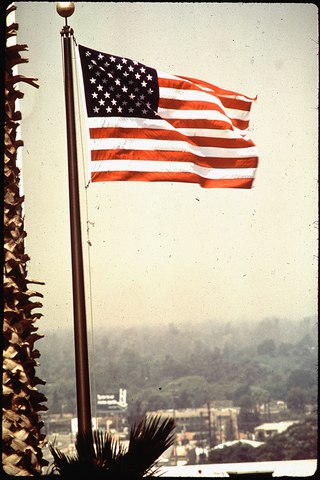
The California Smog Check Program requires vehicles that were manufactured in 1976 or later to participate in the biennial smog check program in participating counties. The program's stated aim is to reduce air pollution from vehicles by ensuring that cars with excessive emissions are repaired in accordance with federal and state guidelines. With some exceptions, gasoline-powered vehicles, hybrid vehicles, and alternative-fuel vehicles that are eight model-years old or newer are not required to participate; instead, these vehicles pay a smog abatement fee for the first 8 years in place of being required to pass a smog check. The eight-year exception does not apply to nonresident vehicles being registered in California for the first time, diesel vehicles 1998 model or newer and weighing 14,000 lbs or less, or specially constructed vehicles 1976 and newer. The program is a joint effort between the California Air Resources Board, the California Bureau of Automotive Repair, and the California Department of Motor Vehicles.
Auto Windscreens is a United Kingdom automotive glazing company specialising in windscreen repair and replacement. It is owned by Auto Windscreens Services Limited, and is headquartered in Chesterfield, Derbyshire. Working predominantly with insurers, brokers and fleet management customers, the company operates a nationwide fitting centre network that utilises a mobile fleet of trained technicians.

The Alliance for Automotive Innovation is a Washington, D.C.-based trade association and lobby group whose members include international automobile and light duty truck manufacturers that build and sell products in the United States. In 2019, the Global Automakers merged with the Alliance of Automobile Manufacturers and became the Alliance for Automotive Innovation.

An auto body technician, automotive body technician, auto body repairer or automotive body repairer is a professional who repairs and refinishes automotive vehicle bodies and straightens vehicle chassis. The technician restores a vehicle to its original look and fixes some mechanical components to strict manufacturing standards.













